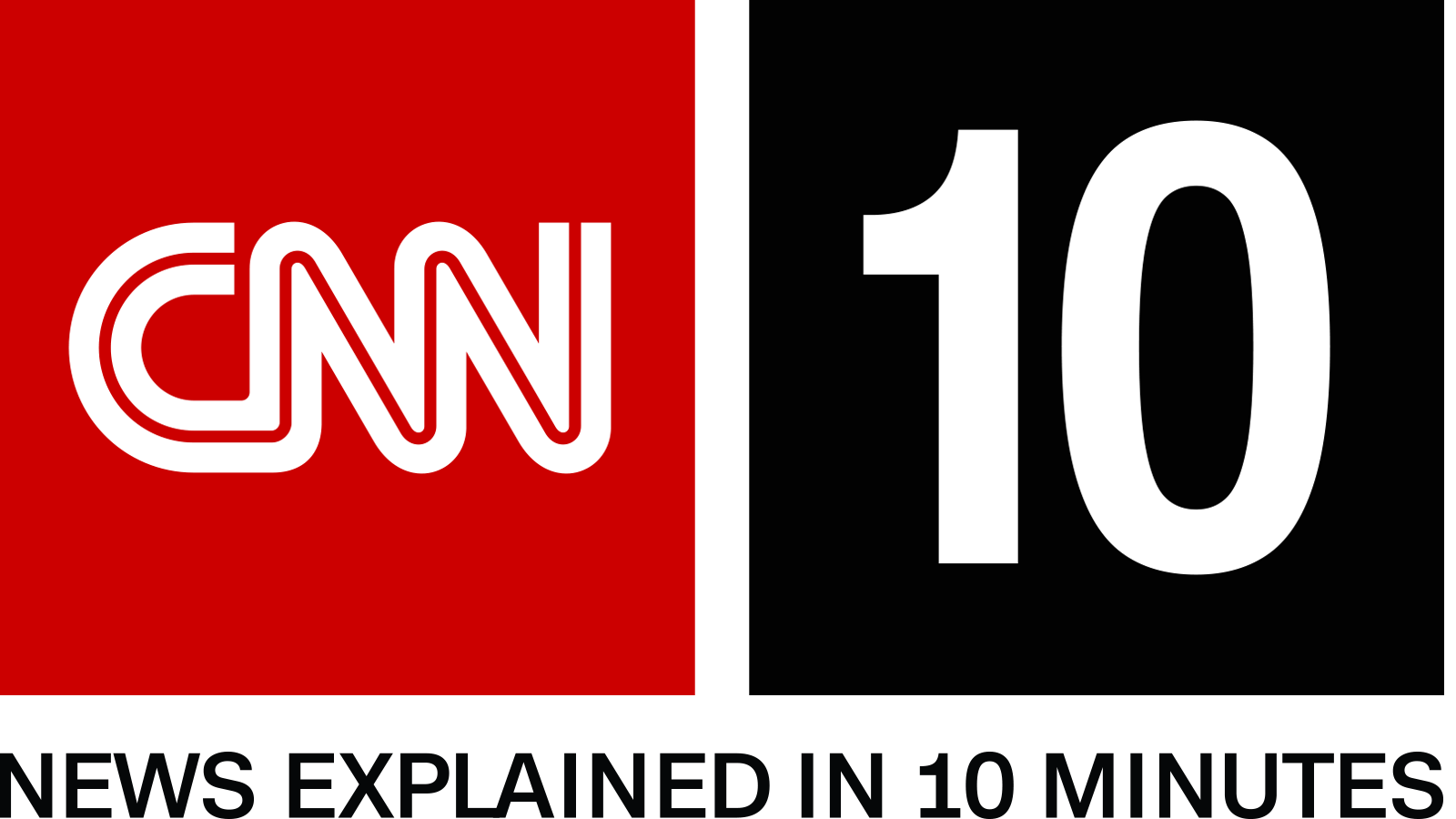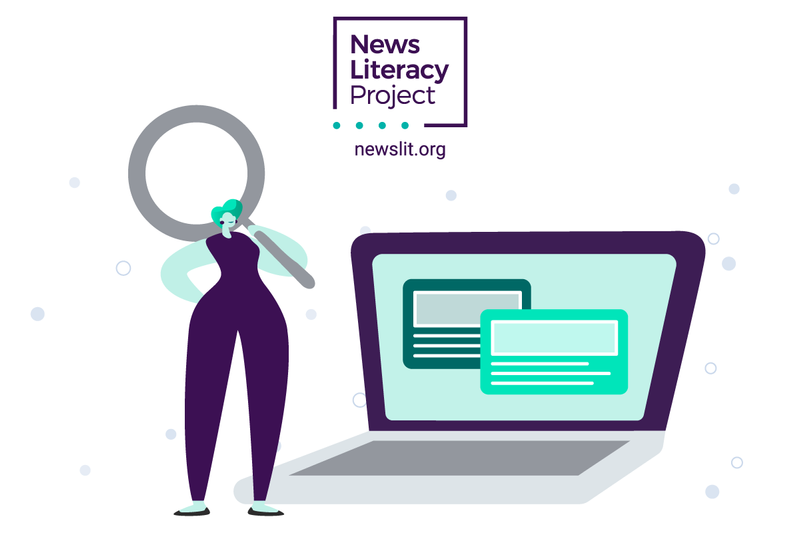

Welcome to the Concordian International School Library Website
“Librarians are subversive. You think they're just sitting there at the desk, all quiet and everything. They're like plotting the revolution, man. I wouldn't mess with them.” ― Michael Moore
All Guides - A-Z Databases - Quick Reference Resources - Secondary Library Home - Primary Library




A perfect storm
It's hard to imagine conditions better suited for misinformation to thrive than the upheaval, isolation and confusion created by the events that unfolded over the past year. The ongoing pandemic, a national reckoning with racial injustice, a profoundly divisive presidential election and a violent attack on the U.S. Capitol created widespread uncertainty, stoking fear, anger and urgency. It was a perfect storm for rumors, conspiracy theories and political propaganda.
For this issue, we compiled three key misinformation insights that came into sharper focus over the last nine months.
While these takeaways may seem bleak, they do offer some good news. Researchers have refined their understanding of how misinformation is generated and why people are vulnerable to it, and are developing a more accurate picture of its true costs. The pandemic and the 2020 election increased the pressure on social media platforms to take more assertive action to minimize harm and enforce their existing community standards. Educators in schools across the country and around the world worked diligently to help steer their students through an increasingly sophisticated information environment.
Misinformation isn’t going to fade as a major concern anytime soon. But the lessons learned from this past year can help better equip us as we work to curb its spread in the future.

This LibGuide was created by Kathy Fester
Concordian International School, Bangkok and uses resources from the Tacoma Community College Fake News guide.

The content is shared under a Creative Commons Attribuition-Noncommerical license.